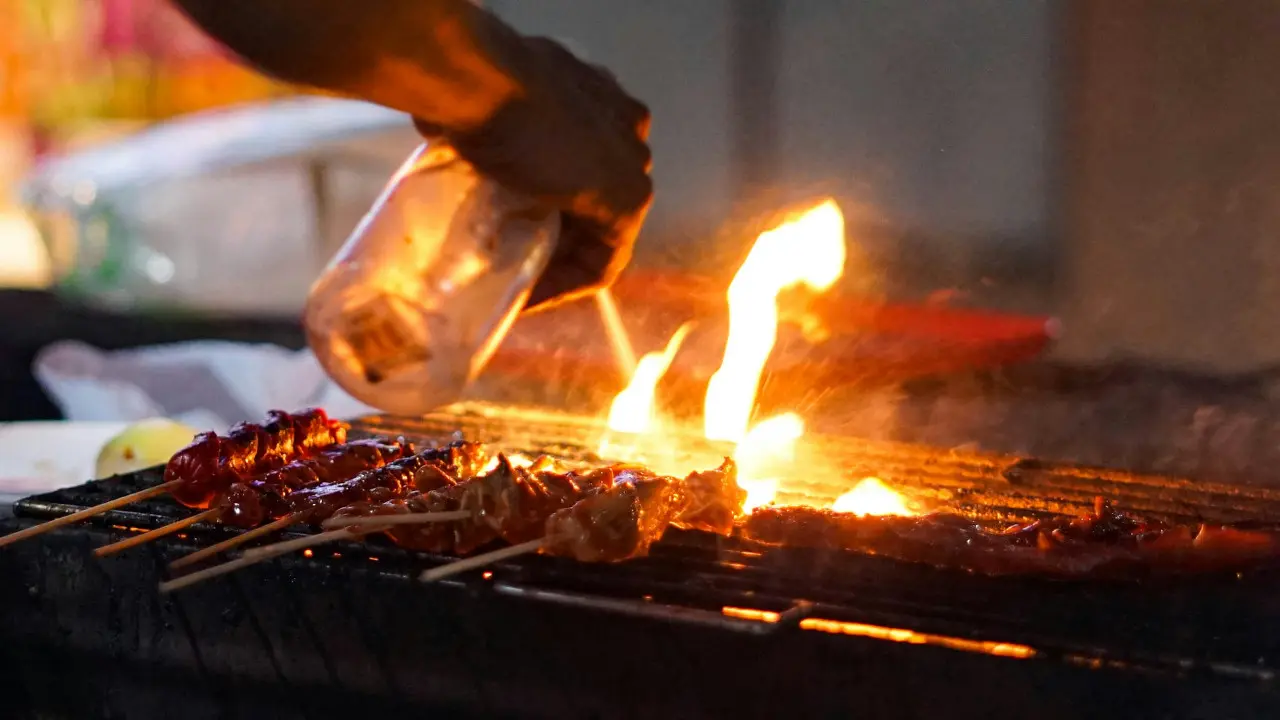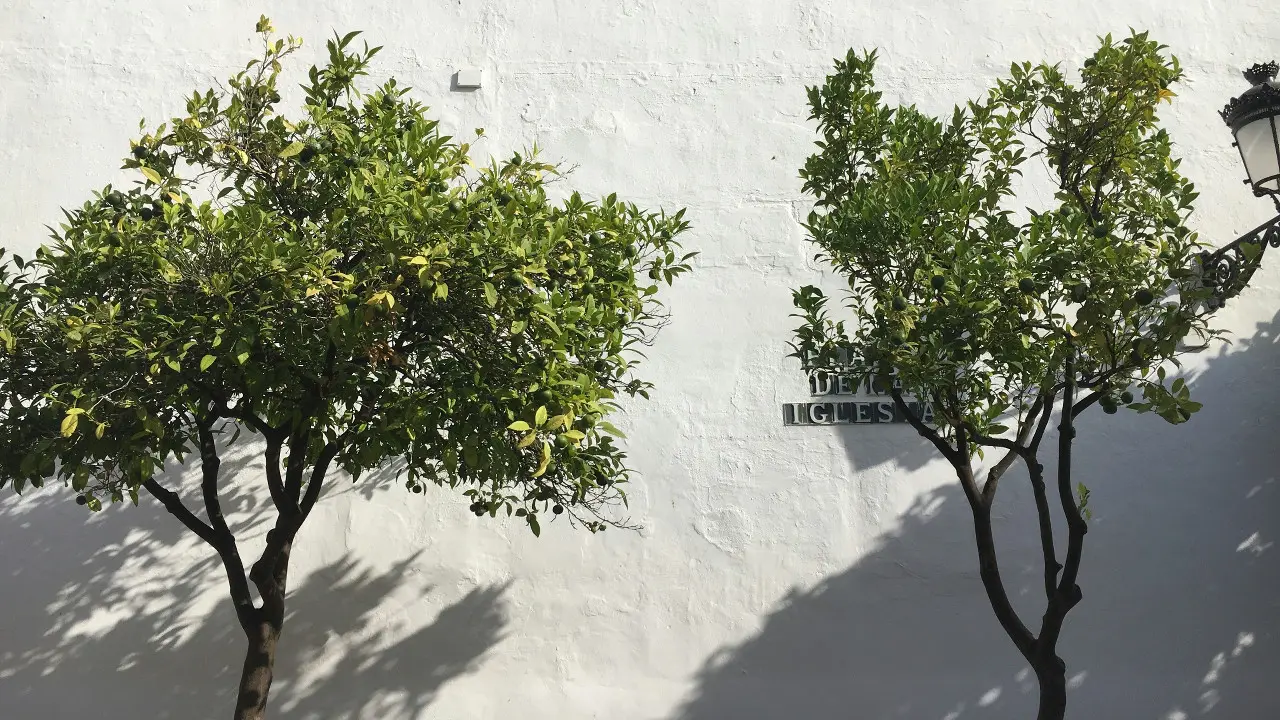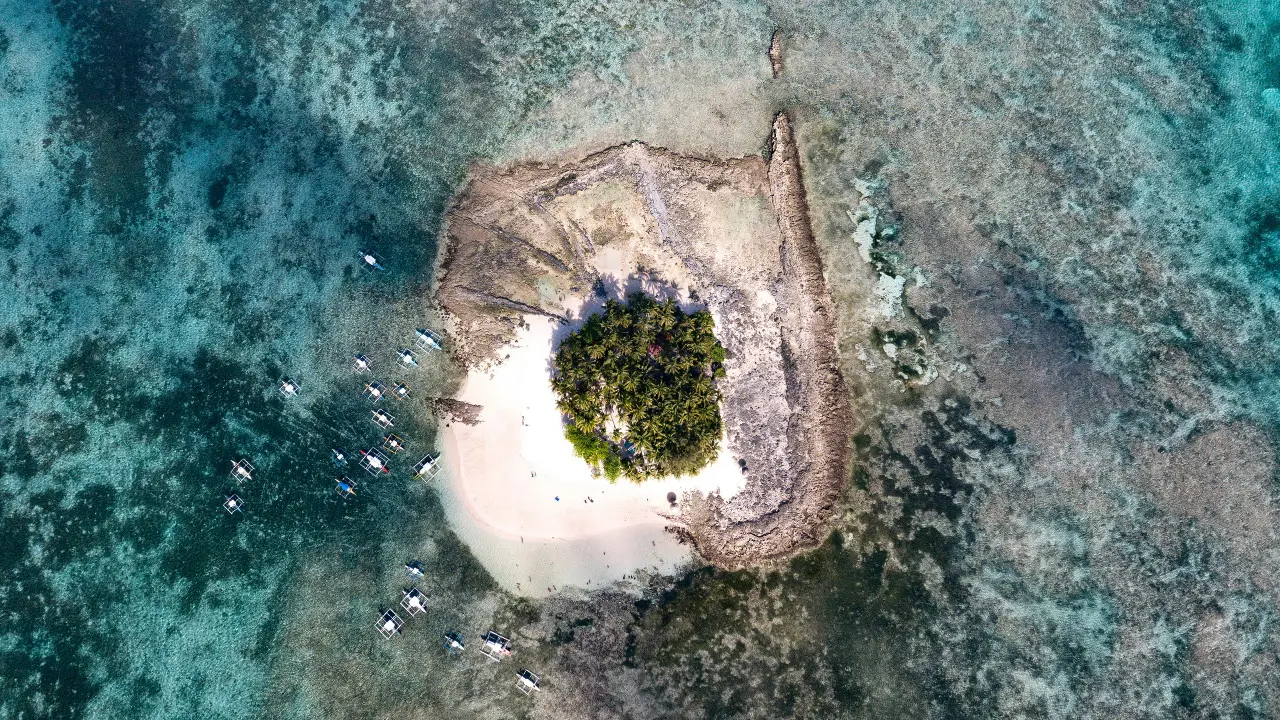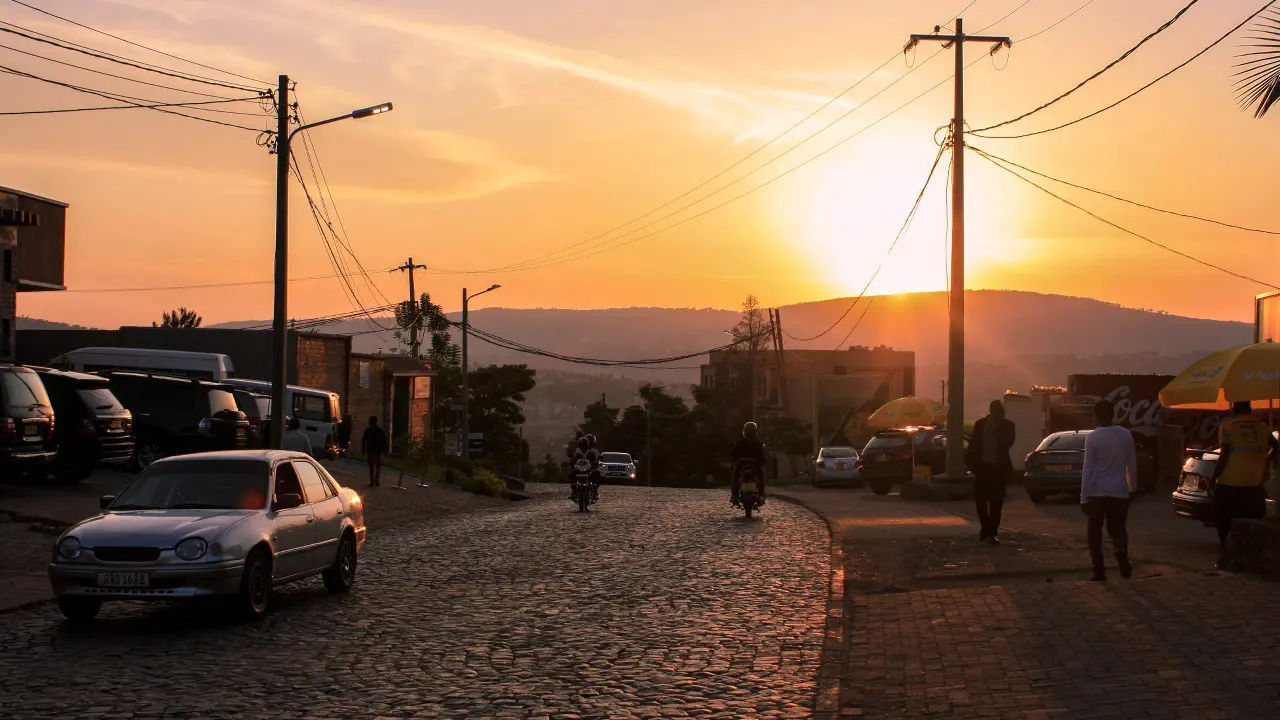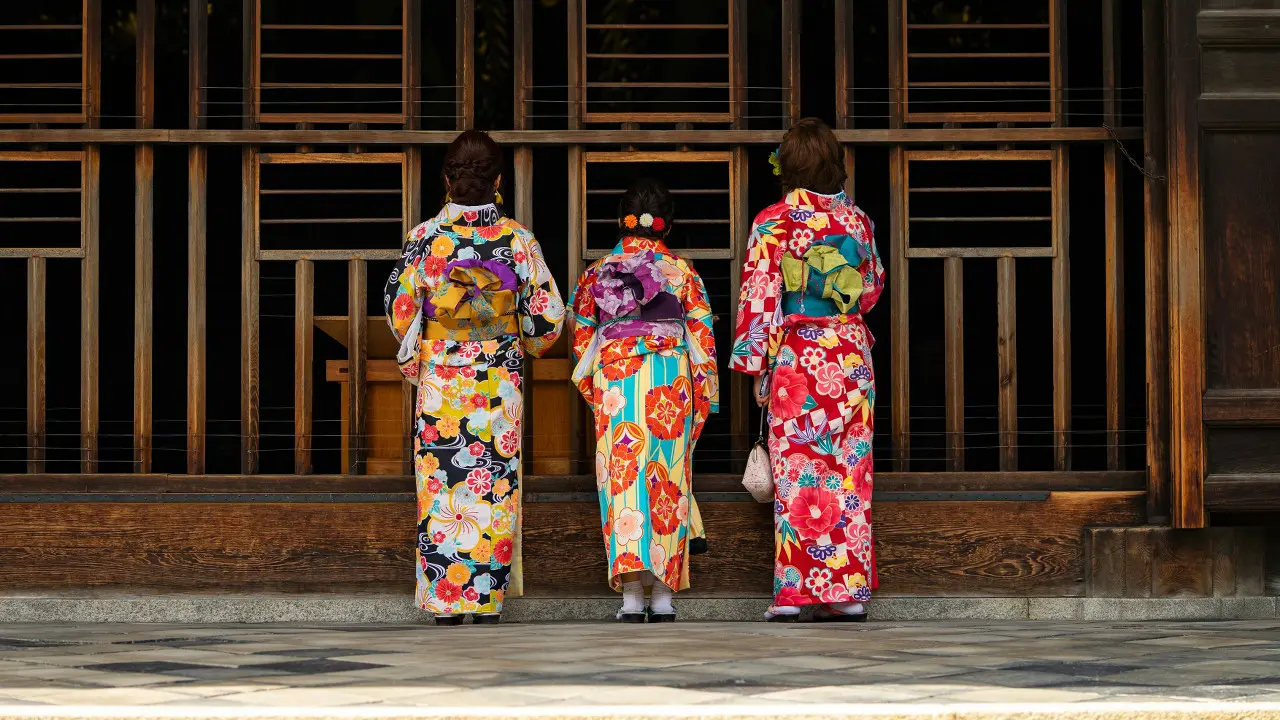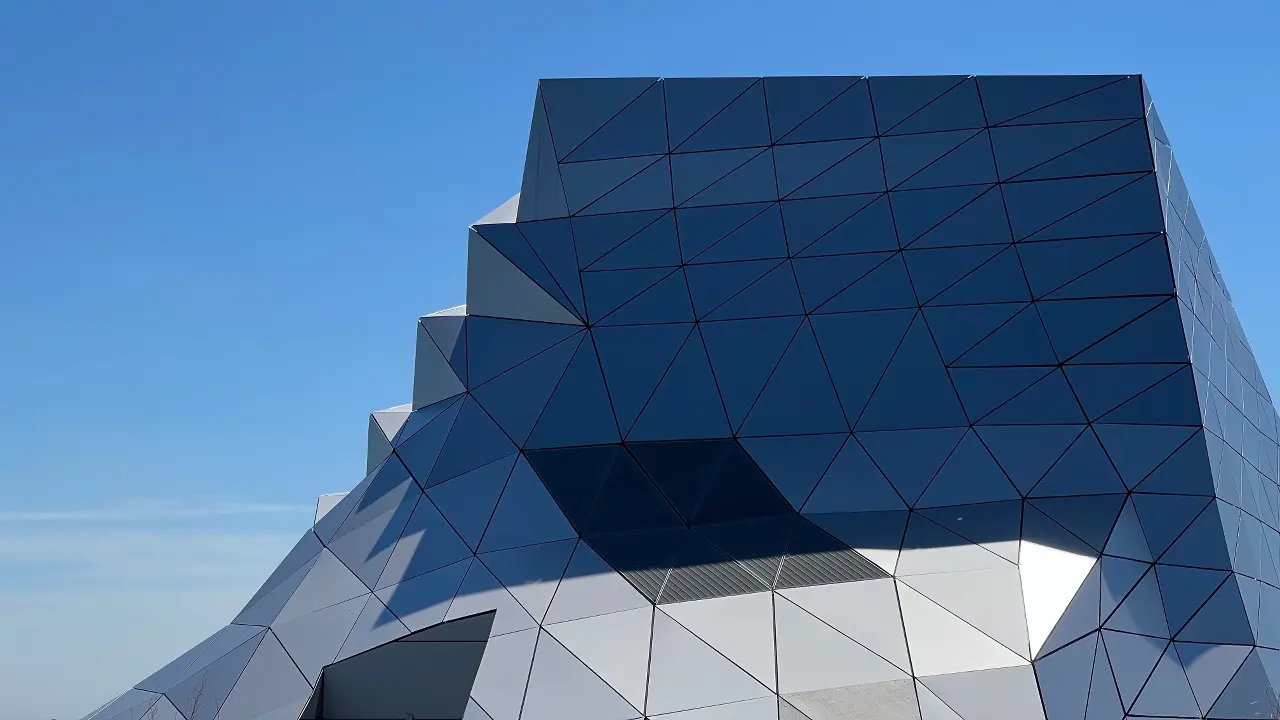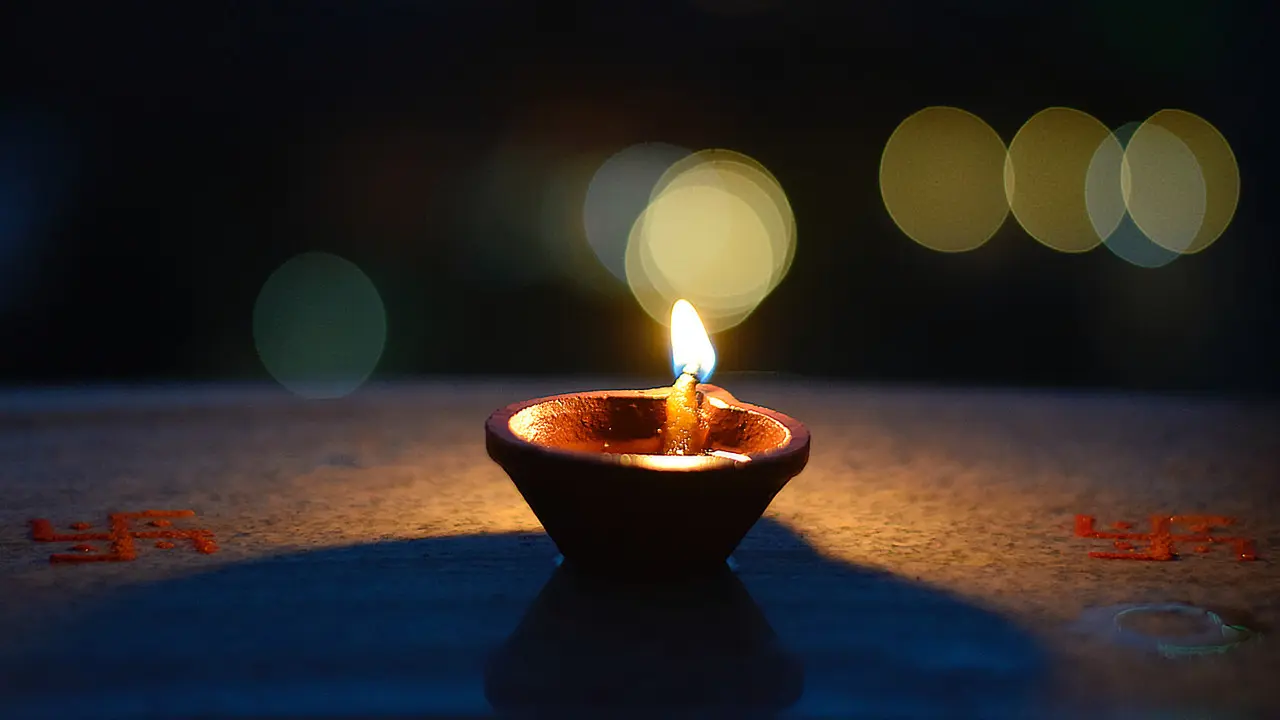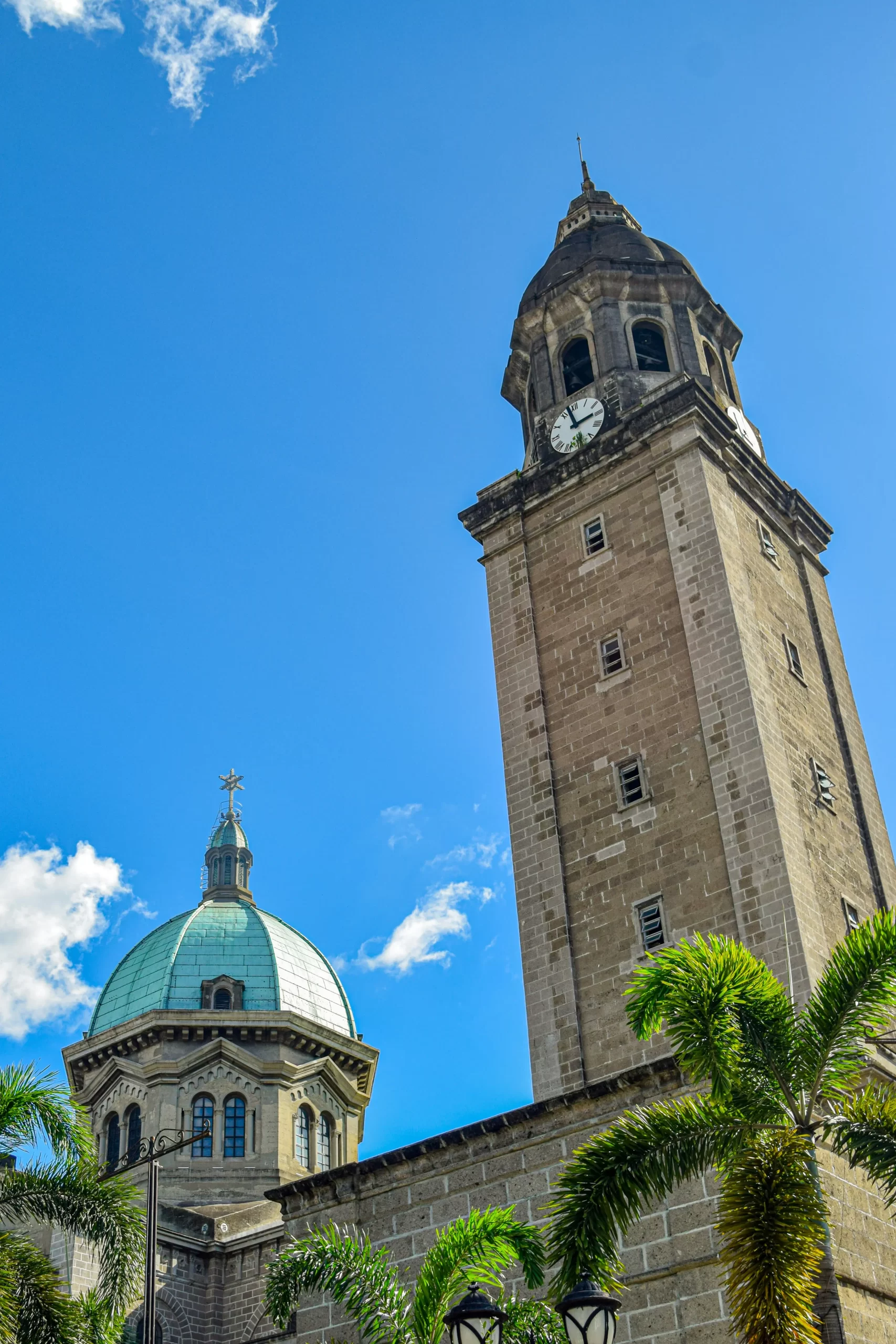
Eugénie Pettigrew-Leydier, is originally from Québec, Canada. She is an educational therapist, or orthopédagogue, and the founder of Aideor, a company providing “téléorthopédagogie” services to support students with learning challenges through online methods.
Tell us about yourself
My work allows me to collaborate with a talented team across Quebec and France, and together we support students worldwide by helping them develop personalized learning strategies to achieve better academic outcomes. I speak both French and English fluently, which has been invaluable in building bridges across cultures in education. I’m also a mother of two young daughters, with an older stepdaughter who is currently studying in the USA. My work is a blend of passion and purpose, and being able to raise my family internationally has added a valuable perspective to what I do.
Moving to Manila
When and why did you move to Manila?
I moved to Manila in 2015, initially drawn by the opportunity to bring orthopédagogie to Asia, which was new here. Soon after arriving, I met my now-husband, who is Japanese, and we fell in love. Living in Manila has allowed me to continue my work remotely while immersing myself in a completely different part of the world. Here, it’s been a rewarding experience both personally and professionally.
How did you get set up?
Setting up was quite straightforward. I went with Globe for my phone plan, as they offer various packages that are convenient for expats. With banking, I’d advise looking into what each bank requires for foreign residents because the process may vary depending on your visa status. In my case, though, everything was smooth, and I was able to set up a bank account without too much hassle. However, having some research done beforehand definitely helped streamline the process.
How did you get medical insurance?
Securing comprehensive health insurance was one of my top priorities before the move, and it’s something I recommend to any expat considering a move here. We are now with Cigna, which provides reliable coverage internationally and has a good network of providers here in the Philippines. This way, my family and I are covered for both routine care and any major medical needs when we travel or return to our home countries. I could even give birth twice in the Philippines without any complications!
What did you bring with you?
I arrived quite minimally, with only a backpack. I bought my computer and iPad here initially but eventually brought over more professional materials, including books and other educational resources. Now, I have a dedicated workspace at home with all the equipment I need, including a reliable high-speed internet connection, which is crucial for my work in téléorthopédagogie. Manila has many tech stores and services available, so it wasn’t hard to adapt and set up a comfortable and efficient home office.
How did you find an apartment?
I used a broker, which is common here for both locals and expats. The rental market for expat-friendly apartments in safe areas like Bonifacio Global City (BGC) or Makati can be expensive, but these areas offer good amenities, schools, and security. It’s also convenient to find apartments close to work or schools to avoid the notorious traffic. Rents in these areas can vary but generally fall between PHP 150,000 and PHP 280,000 per month for a family-friendly space with modern amenities.
What surprised you about life there?
The warmth and hospitality of Filipinos really stand out. People are welcoming, and the sense of community is strong. Most people here speak English, making it easy for non-Tagalog speakers to settle in. I was also charmed by their joy for life—singing and dancing are a big part of the culture, and people aren’t shy about expressing happiness. This spirit is infectious, and it’s something I appreciate deeply.
What should people consider before deciding to move to Manila?
The climate and the traffic are two major factors to consider. Manila has a tropical climate, which means a lot of humidity and a long rainy season, so it’s important to prepare for this weather. Traffic can also be quite intense, so proximity to work or schools is essential if you want to avoid long commutes. Additionally, healthcare quality is generally good in Manila, especially in private facilities, but expats should make sure they have international health insurance that can cover emergencies.
What specifically is Manila famous for?
Manila is a key economic hub in Southeast Asia, influenced heavily by both Spanish colonial history and modern Western culture. Landmarks like Intramuros provide a glimpse into the city’s rich history, while nearby areas like Bonifacio Global City show how modern the city has become.
Economically, Manila is driven by industries such as BPO (Business Process Outsourcing), which has become a major part of the city’s identity, employing a significant number of young people. Manila is a gateway to the Philippines’ beautiful natural landscapes. Many expats enjoy taking weekend trips to nearby islands or mountains, and it’s a great place for those who want a mix of city life and nature.
Economically, Manila is driven by industries such as BPO (Business Process Outsourcing), which has become a major part of the city’s identity, employing a significant number of young people. Manila is a gateway to the Philippines’ beautiful natural landscapes. Many expats enjoy taking weekend trips to nearby islands or mountains, and it’s a great place for those who want a mix of city life and nature.
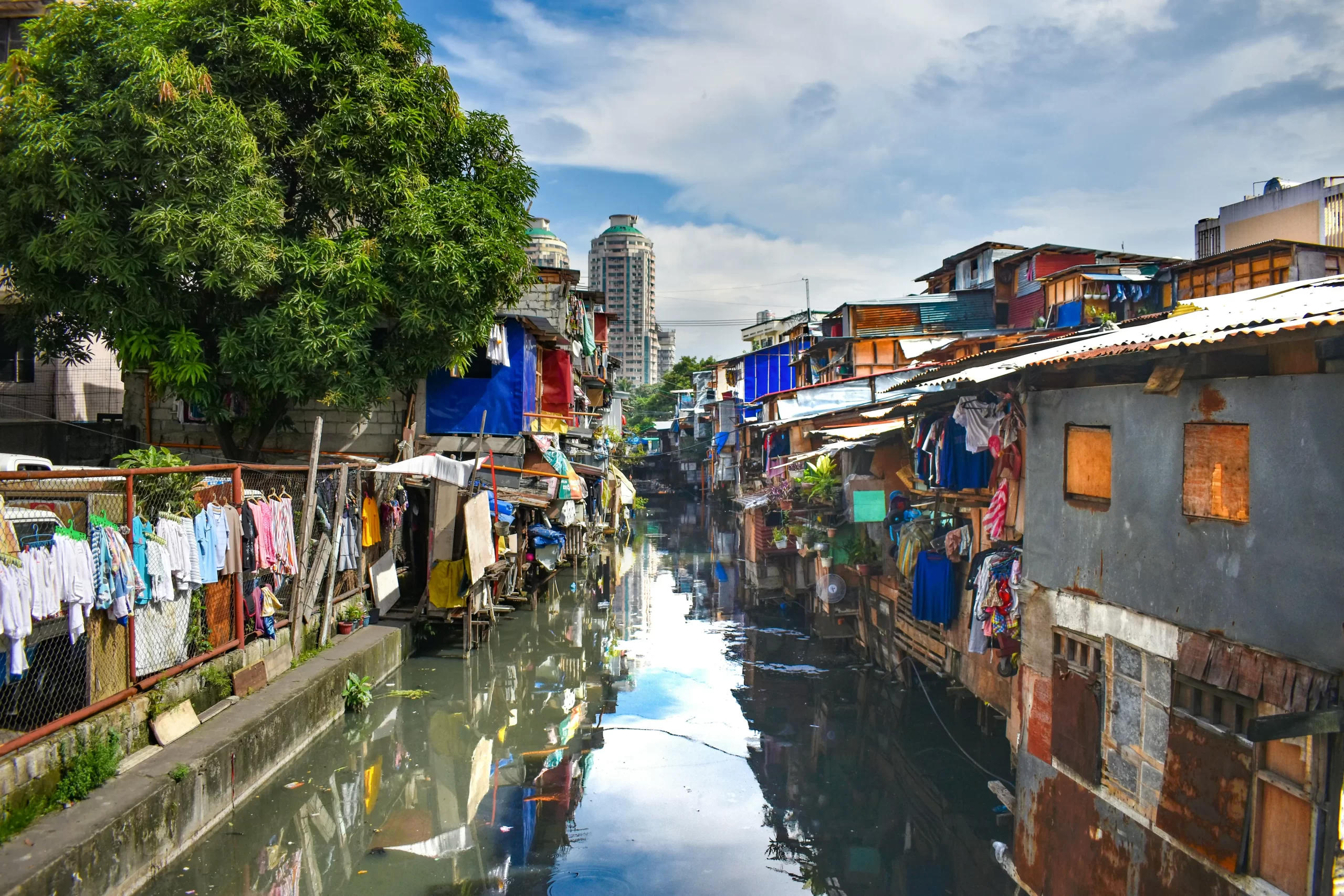
Living in Manila
What apps / websites / stores do you find useful in your daily life in Manila?
Grab is essential for getting around, as the traffic makes private cars the most efficient option. For groceries, I use Santis, Marketplace and S&R. For deliveries, Lazada works well for online shopping—it’s very convenient for everything from household items to electronics. I also use local banking apps and e-wallets like GCash, which is widely accepted here and makes payments easy, especially since cash is still preferred in many places.
What are your favorite places in Manila?
Living in Bonifacio Global City is ideal for me; it’s a well-developed area with good amenities, which is convenient for a busy mom. I also enjoy Makati for its vibrant nightlife and artsy vibe.
How much money do you need to live comfortably in Manila?
The cost of living in Manila can vary significantly based on lifestyle, neighborhood, and personal preferences. For instance, rental prices can range widely; we currently pay about 250,000 PHP monthly for a place in a more upscale area. Dining costs also vary—a meal can be affordable if you choose local eateries, while imported goods or fine dining can quickly add up.
For a family with children, school tuition can also be a big factor, with international schools typically being more expensive. Monthly expenses like utilities and transportation depend on the area, too, and commuting can add to costs if you live far from your workplace or school.
To live comfortably, a family might need anywhere from 250,000 to 750,000 PHP monthly, though this varies widely depending on lifestyle.
Do you feel safe living in Manila?
Yes, I generally feel safe in Manila. Like any large city, there are areas that are best avoided, and certain precautions are wise to take, especially in busy places. I was once pickpocketed in BGC, which reminded me to be mindful of my belongings. Jeepneys are a unique way to get around, though some areas may be more susceptible to minor crimes.
In general, upscale neighborhoods and business areas are quite safe with visible security. Compared to experiences I’ve had in parts of South America, Manila feels fairly safe in most central areas, especially with the help and friendliness of locals.
What's on your list of favorite restaurants and cafés in Manila?
There’s an amazing variety of restaurants in Manila, catering to different tastes and budgets. For Italian, I enjoy Opera and Café Caruso. For Filipino cuisine, many love local spots offering authentic dishes. Japanese food is also very popular, with a sizable Japanese community here that keeps the quality high. For French cuisine, Sagana is a favorite, and for those who enjoy casual dining, Manila has several UP hotels with quality restaurants, though I often prefer individual restaurants for a more unique experience. For fast food, Jollibee is an iconic Filipino brand that’s beloved by locals, though I don’t frequent it myself.
Can you tell us something else about Manila that we might not know?
Manila is a city of contrasts. Skyscrapers and modern condos define some neighborhoods, while nearby there are modest, crowded communities with small homes. Expat villages often have guarded entrances and feel almost like mini-communities within the city. While there’s a lot of energy here, green spaces can be limited, so locals often head outside the city for nature escapes. There are golf clubs, but they tend to be exclusive and reserved for those who can afford the high fees. This mix of environments—urban luxury alongside local neighborhoods—is what gives Manila its unique character, whether we like it or not.
What are some local artists in Manila that you recommend checking out?
Manila has a thriving art scene with talented local artists across different mediums. National Artist Fernando Amorsolo is known for his works depicting rural Philippine life.
What books / movies / websites should people look at to learn more about Manila?
Books like Noli Me Tangere by Jose Rizal provide historical insights into the Filipino psyche and the history that shaped Manila. For movies, Heneral Luna offers a look into Philippine history with a modern cinematic style. The website Spot.ph is also a great resource, giving updates on events, cultural happenings, and hidden gems around Manila, as well as food and lifestyle recommendations.

Final Thoughts
What do you know about music from Manila?
Manila’s music scene is quite diverse, with OPM (Original Pilipino Music) blending Western and Filipino styles. Popular artists include KZ Tandingan, known for her unique pop-R&B sound. Manila also has a strong indie music scene, and karaoke is popular, so you’ll often hear locals singing everywhere—from taxis to small bars in islands. They’re proud of their Tagalog music!
What is the most recent thing you've read in the news about life in Manila?
Recently, there’s been a focus on Manila’s sustainability initiatives. I read that the city is making efforts to replant trees, improve air quality, and invest in public infrastructure, including projects like a tramway system. It’s exciting to see Manila growing in this way, even if it’s a gradual process.
What do you think about young Filipino people?
Young Filipinos are known for being highly adaptable and tech-savvy, which is a shift from older generations who are generally more traditional. Many young people today are also more global in their outlook due to social media and education, often pursuing careers that connect them to the global economy. There’s a mix of respect for family traditions and a desire for modernity, which makes for an interesting cultural blend. They’re energetic, optimistic, and have a strong sense of independence, which distinguishes them from the older generation’s more community-centered values.
What are some disadvantages to living in Manila?
Traffic is a big challenge in Manila, with long commute times that require patience. Air quality can be an issue too, especially in congested areas where pollution is more noticeable. Additionally, there are often disparities in infrastructure, so while some neighborhoods are modernized, others lack basic services. These challenges require some adjustment, but over time, you learn to adapt and find your own routine within the city.
Are there any experiences there that you are particularly proud of or that surprised you?
I’m proud to have continued my work in education remotely, connecting with students globally from Manila. It’s been incredibly rewarding to support learning in regions where such resources aren’t as accessible. I was surprised by how much the local culture values education and personal growth, making it a welcoming environment for my work. Being able to make a difference here, even from a distance, has been fulfilling.
Was it easy making friends and meeting people?
Yes, it was fairly easy to meet people, both locals and fellow expats. Filipinos are naturally warm and open, which makes socializing easy. The expat community here is strong, especially among French families and the parent community at our child’s school. We also enjoy social dancing, which has introduced us to many locals and other expats. This shared interest has opened up a lot of friendships beyond just the typical expat circles.
What are your plans for the future?
I plan to keep expanding Aideor’s services, making tele-education more accessible in regions where it’s most needed. We’re also exploring new programs to help educators, parents, and students collaborate effectively. Increasing awareness and resources for students with learning difficulties is a priority. The goal is to bridge gaps in education using technology and reach students across different backgrounds and countries, which makes our work feel very rewarding.

Thank you Eugénie for this detailed description of your experience moving to Manila and developing your business! I wish you the best for your endeavors!
Eugénie’s contact:
website
FB
LinkedIn (Quebec, team)
LinkedIn (Singapore Company)
IG
Twitter
Youtube
TikTok
Spotify Podcast
Parent group on Facebook
Apple Podcast
Whatsapp
Book International Appointment
Eugénie’s contact:
website
FB
LinkedIn (Quebec, team)
LinkedIn (Singapore Company)
IG
Youtube
TikTok
Spotify Podcast
Parent group on Facebook
Apple Podcast
Book International Appointment

